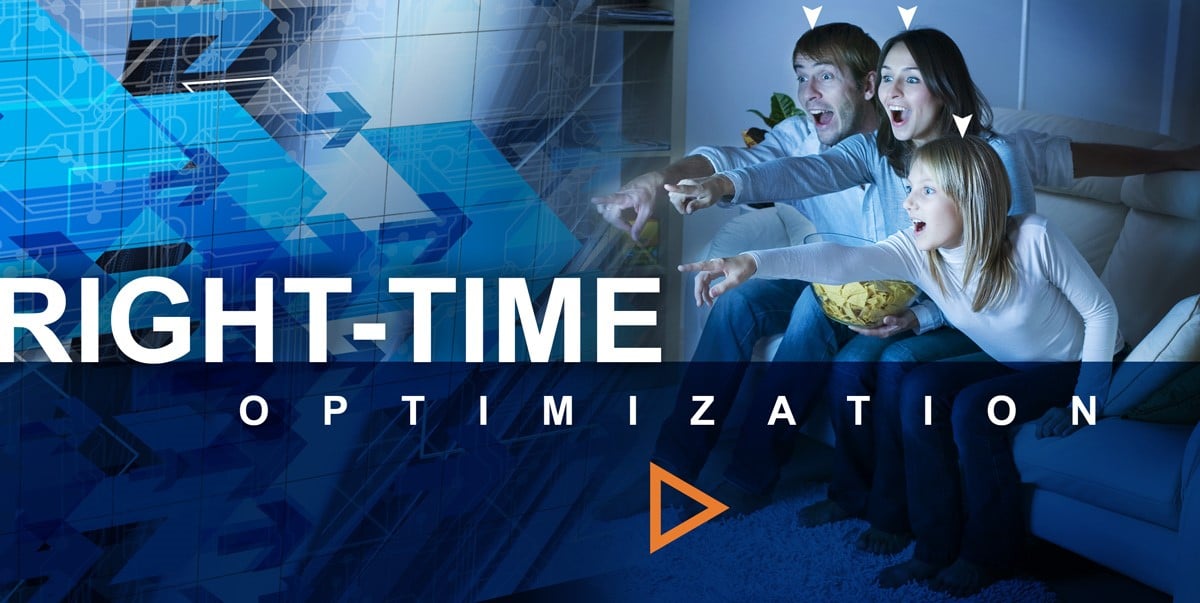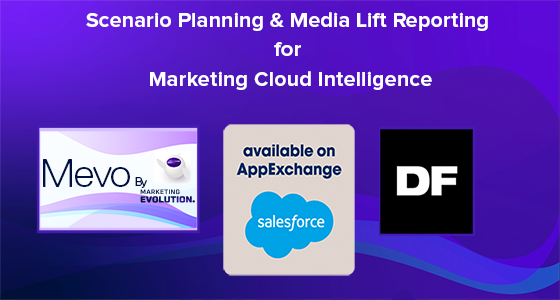The Role of Offline Media in the Future of Marketing
Learn how Regions Bank Perfected their customer journey
Digital advertising and media have slowly taken over as the most popular way for brands to reach their target audience. According to eMarketer, digital ad spend will pass traditional ad spend for the first time in 2019, with 54.5 percent of the market share in the United States. After all, studies have found that digital platforms, like Facebook, can have up to 10x the results for a much smaller cost than TV and other traditional platforms. With these results, it makes sense that many brands are spending more online.
What is Offline Marketing?
Offline marketing refers to any advertising that is carried out using traditional offline media, such as television, billboard ads, and radio. As opposed to online marketing, which utilizes media channels that reside on the internet, offline media does not necessarily need the online connection to successfully carry out a campaign. However, as numerous studies on multichannel marketing indicate, offline and online media can work together to drive higher ROI and often generate more success when combined than when siloed.
Even though many advertisers are focusing on digital marketing and advertising, traditional offline media channels are still important. The key to offline media optimization is to know which offline tactics are still valuable and to allocate a percentage of total ad budget accordingly. With this in mind, here are 4 top ways that offline media can play a positive role in modern campaigns.
1. Build Brand Awareness
Although digital media is driving more sales than ad spend for many brands, offline media still matters in marketing. Television, radio, magazines, newspapers, and other offline mediums have continued to play a major role in most audience’s daily lives. In 2018, Nielsen found that Americans spend half the day (11 hours) interacting with media. Out of those 11 hours, over four hours is live TV, 36 minutes is “time-shifted TV” (DVR), and almost two hours is radio. This is around seven hours of media that has nothing to do with the internet.
This presents a long-standing unique opportunity to get your brand’s name and offerings in front of your target audience. By including offline media into a marketing strategy, you can reach users who may not be in front of their phone or computer or who aren’t actively on the platforms you are already reaching, such as Facebook or search engines.
Repeated brand exposure not only kept a brand’s messaging and products top-of-mind for consumers, but Entrepreneur reports that it can also instill a sense of familiarity and trust. Entrepreneur ties it to a sense of nostalgia, especially if a brand’s slogan, logo, or jingle has been used for decades.
2. Reaching Customers Where They Are
Another benefit of brand exposure offline is reaching consumers who may not be the most active online, such as the elderly or those who have recently retired.
Older audiences are a valuable audience, as they often have the time and resources to continue to make purchasing decisions. They also spend more in specific areas that could be of interest to certain brands. According to the U.S. Bureau of Labor Statistics, those 55 and older spend the most on transportation, clothing, and pension/social security. So companies in the transportation or clothing space may find more success with advertising to the older generation than others using traditional media.
In many cases, it’s more likely that the elderly are watching more live TV during the day. In those instances, you could set commercials targeting seniors to daytime and commercials targeting families to evenings and weekends. Following offline media optimization best practices like these can help advertisers make the most of the budget they do have for traditional media.
3. Testing New Regional Markets
Offline media has valuable metrics for insights that can translate to digital campaigns as well. If your business is researching or launching a new location or presence in a different location, offline media can show you the interest in those markets.
For instance, you can run campaigns featuring different products or offerings to see what users are most interested in in the local community: the results may be surprising. It’s always worthwhile to test new markets, especially if they are untested with your company or your industry (this could also be the case with different interest markets, in addition to regional ones). After all, offline behavior and interaction with media is going to be slightly different than online behavior, so comparing the results of both with ad campaigns is the only way to get a bigger picture of what your audience in a specific market is interested in.
4. Bridging Offline Marketing to Online Conversions
Offline media also presents a good opportunity to get customers to convert via an online medium. Before the internet, customers were urged to visit a location or call a phone number so businesses could make a sale.
While those options still result in a large number of sales for businesses, the web now allows customers more benefits. They can visit a company’s website or social media pages to gather more information about a product or service. Then, in most cases, they are able to purchase what they want or send a contact form at any time of the day, even if the company is closed for the day. This allows offline media to drive sales, raise brand awareness, and grow their online audience even when the business isn’t open.
For instance, offline media can be used to drive a larger online audience, which can eventually lead to more sales. A study in the International Journal of Advertising found that TV had a positive influence on a brand’s Facebook page reach.
Examples of Combining Online and Offline Media
No matter what type of offline media used, companies can bridge the gap between a customer’s experience with a company offline and online. Radio or billboard ads can share a company’s website. Magazines can give a specific hashtag for a product launch or contain a call-to-action to visit the company’s social media profiles. These opportunities allow customers who spend a lot of time online to continue the brand relationship and buyer journey virtually.
The information given about a brand through a call-to-action can help brands understand how customers are finding them. For instance, giving URLs in an offline media campaign can help you track campaign success. Try using a custom URL for each type of offline media campaign to truly see its individual impact. You can also use a different coupon or promo codes for each type of campaign to see which is used the most. This can give you more data from customers that may have gone to your website but didn’t use a coupon code.
In Conclusion
Cross-channel marketing, or using several different platforms to reach customers, will continue to be successful with the use of traditional offline media. Even though digital ad spend has outpaced traditional means, it doesn’t mean that these options aren’t still worthwhile. Marketers should continue to believe in the value of offline advertising and tie it into their digital efforts. To measure the traction a cross-channel strategy that spans across many different platforms may get, be sure to use unified marketing measurement. This will allow you to have a bird’s eye view into how campaigns, both online and offline, are impacting conversions and the broader customer experience.





















